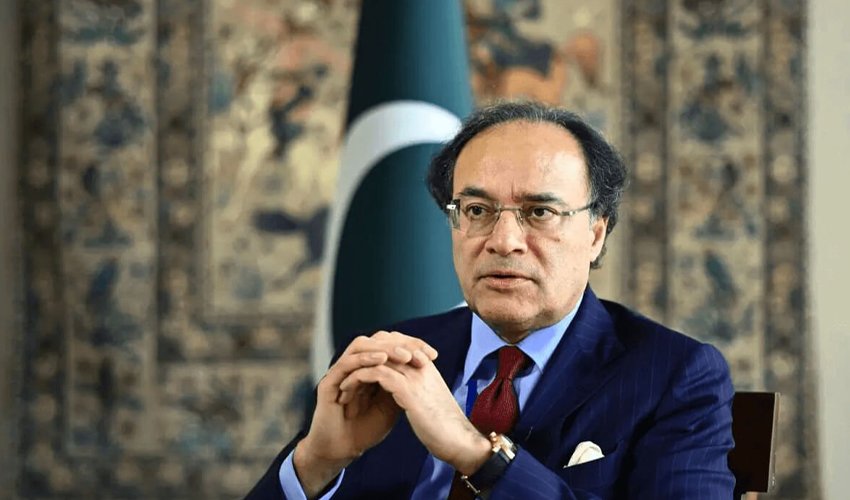Finance Minister Muhammad Aurangzeb announced on Tuesday that the federal government will shut down 43 ministries and eliminate 150,000 vacant positions as part of Phase-I of a sweeping rightsizing initiative aimed at reducing state expenditures and improving efficiency. The reforms, which include merging departments and outsourcing non-core services, are expected to streamline government operations and enhance performance.
Speaking at a press briefing, Aurangzeb revealed that his team is actively identifying redundant structures within the federal government. The initiative, which will be implemented in phases, has already begun with six ministries under review. In the first phase, the number of departments within these ministries will be reduced from 80 to 40. Ministries such as Kashmir Affairs and SAFRON will be merged, while the Ministry of Capital Administration and Development Division (CAD) will be abolished. The first phase is expected to be completed by June.
Recruitment Freeze and Structural Reforms
The Finance Minister disclosed that the government has halted recruitment for vacant positions over the past six months. He emphasized that the purpose of rightsizing is not just cost-cutting but also improving government performance. “This initiative is about optimizing government functions, eliminating redundancies, and ensuring better value for public spending,” Aurangzeb said.
The reforms align with structural benchmarks set by the International Monetary Fund (IMF), but Aurangzeb stressed that they are essential for Pakistan’s economic future. He also outlined plans to privatize taxation, improve the energy sector, and transfer non-federal responsibilities to provincial governments. The ultimate goal, he said, is to transform Pakistan’s economy into an export-oriented model led by the private sector.
Key Objectives of the Rightsizing Initiative
The rightsizing initiative focuses on three main objectives:
- Optimizing Government Functions: Identifying functions that can be outsourced or privatized while maintaining public benefit, eliminating overlaps, and enhancing efficiency through digitization.
- Comprehensive Review of Federal Entities: Assessing the relevance and impact of nearly 400 attached entities under 43 ministries/divisions, with a focus on public-private partnerships.
- Strategic Phased Implementation: Dividing the initiative into structured waves to minimize disruption.
Phased Implementation Plan
The initiative will be rolled out in three waves:
- Wave I: Six ministries are under review, including:
- Ministry of Kashmir Affairs and Gilgit-Baltistan
- SAFRON
- Ministry of IT & Telecom
- Ministry of Industries & Production
- Ministry of National Health Services, Regulations & Coordination
- Ministry of Capital Administration and Development Division (CAD)
- Wave II: Five ministries, including:
- Ministry of Science & Technology
- Commerce Division
- Housing & Works
- National Food Security & Research
- Wave III: Currently under review, covering:
- Federal Education and Professional Training
- Information & Broadcasting
- Heritage
- Finance Division
- Power Division
The entire initiative, covering all 43 ministries, is expected to be completed within the current fiscal year.
Financial Impact
The recommendations aim to address federal government expenditures, which currently stand at PKR 876 billion. By eliminating redundancies and improving efficiency, the government hopes to significantly reduce costs while maintaining essential public services.
Aurangzeb concluded by reiterating the government’s commitment to economic reform, stating, “These measures are critical for Pakistan’s economic stability and growth. We are determined to create a leaner, more efficient government that serves the people better.”










